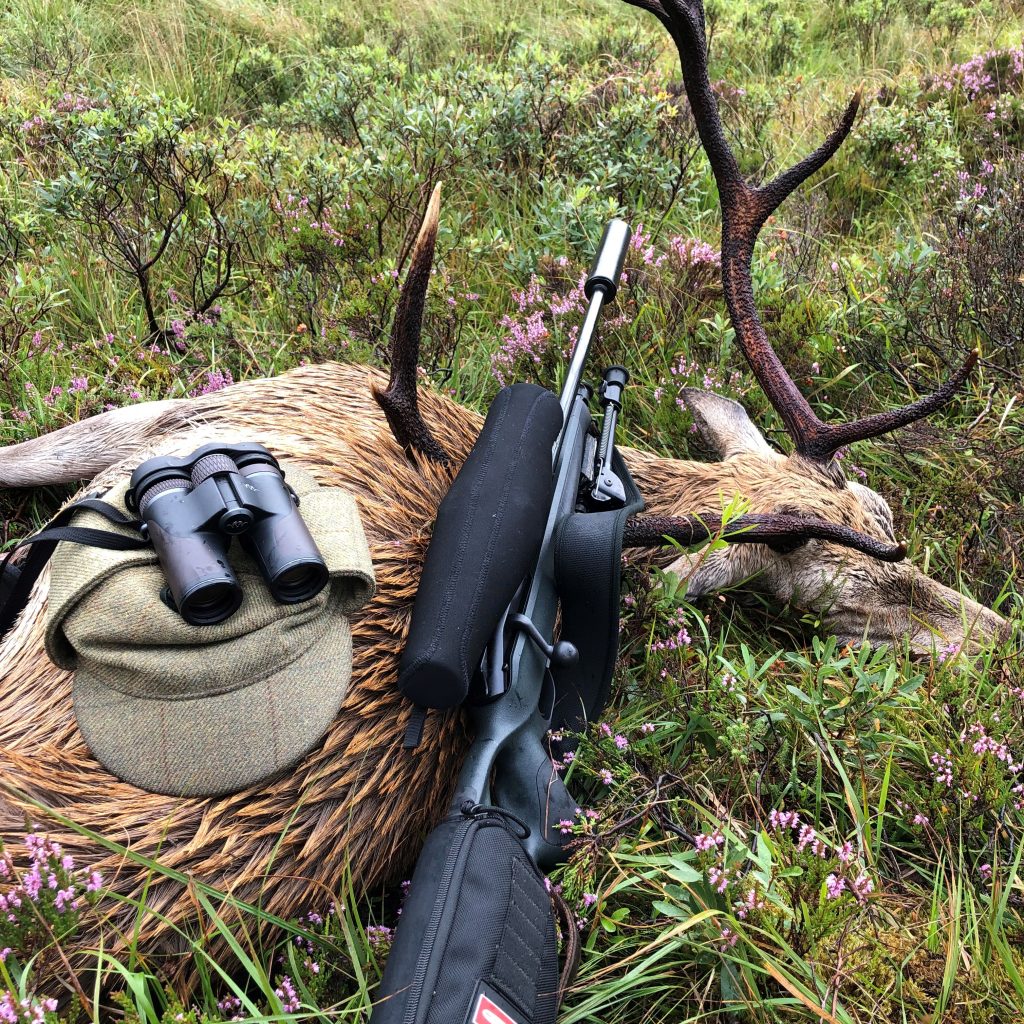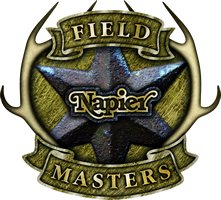The art and charm of deerstalking has frequently been describe by more able pens than mine and at this time of year as highland glens echo to the call of our largest wild mammals, I thought it may be a worth moment to look at the reasoning behind which stag to take and what drives the selection process.
The deer world has always fallen into two camps with very distinct differences of opinion as to what is required. For one, the whole essence of deer control/stalking pivots around the protection of crops or habitats or they are in pursuit of a vision of a changed Scotland in which the Red stags has a greatly diminished role.
Alternatively, the second camp see them as an iconic resources that can be harvested on an annual basis to secure employment and bring much needed revenue to often remote and rural parts of the country.
When looking at the two selection ideologies it’s important to know which angle you’re coming from and who is influencing the population.
Undoubtedly, the land is the finite resource and getting all pernickety about what deer to take or leave is pointless if the land and animals aren’t in good heart.
No matter what impact protection methods are used or planned for the future, they will fail if the number of deer are not controlled and maintained at a density level which the ground can carry. This density level depends on the feeding potential of the locality not in absolute terms but related to the acceptable levels of impact which can be economically or in some cases emotionally sustained.
However, deer densities not only influence the level of impact, numbers also influence the condition of the deer themselves. In areas where habitats are poor, the damage potential is high and numbers need to be lower whereas when habitats are rich, they can sustain significantly higher densities and this can vary across individual land or estates.
The dangers of overpopulation are manifold from the loss of habitat and high mortality to poor performance, loss of mature males to marauding. However, a well-managed population is an asset and a significant income generator to rural communities which can be credibly demonstrated.

We frequently hear arguments and discussions about how to age deer. At the same time, it is rare that you hear questions such as ‘why?’ and ‘when?’ An accurate estimation of age is important. I feel that it is necessary to put age estimation into it proper perspective particularly in relation to wild deer and their stalking. Undoubtedly, for scientific reasons, be it the investigation of sexual maturity and other characteristics and for those farming deer, this is easily overcome by applying deer tags. However, when talking about wild deer, the consideration is usually which deer to take and which to leave. To achieve this, the stalker needs to be able to determine a shootable beast from a non-shootable beast. They need to be able to age the animal on the hoof at distance using its body and antler recognition for guidance. It is after the stag has been taken that there is a need to confirm the visual estimate of age and whether the decision to cull was correct or not. In this practice, absolute accuracy is not essential. To arrive at a decision the stalker simply needs to establish the age group of the animal whether it is young, mature or old and the quality of the animal whether it is shootable or non-shootable. In essence, it is not unlike activities such as farming cattle or other livestock that land has a carrying capacity and it is essential to remove surplus stock.
The rules of a traditional highland deer forests, stags are seldom taken below 3 years of age unless there are immediate welfare issues. Stags can be considered moving into the mature class from age 4 and onward. Eight points or better with a fair length of antler are spared and watched for signs of better development. Shootable stags from this age group are stags with bare tops, stags with fewer than 8 points and heads that fit comfortable into a triangular profile side on. However, it should be balanced with what is considered the norm for the area for example on Ardnamurchan, 10 pointers is fairly common place but in some parts of the Highlands, 8 pointers are more common. Once stags have passed through this filtering, they make the core group of mature stags and the population moving back into the category of shootable once beyond 8 years of age. At which point, poor development, antler irregularity and loss of condition become a consideration as are good quality heads showing signs of ‘going back’ for at least 2 consecutive years. All stags once they have reached a critical point in their age are better removed than left to die.
A good deer manager will have a detailed knowledge of the deer in his area, he may not have access to the records like his farming colleagues have and to each individual animal’s parentage but he should be able to collect data regarding calving percentages and physical condition scoring. He has to rely on his experience and decide on the quality and value of each animal by the ability to evaluate the animal on the hoof. The more information you gather from observing each beast and herd, the better you will become on making decisions regarding what you cull and what you leave. In essence, even the best animals will reach a point when they will become ‘shootable’ and animals of poor quality are shootable as soon as their inadequacies are spotted.
Classically, the old hands at this game would refer to poor stags with bare tops in the younger age groups as being ‘just a rag’ although anything with tops was seen to be a stags and allowed to go forward. Many highland estates had the tradition that at the end of the season, heads were displayed and neighbouring estates were invited to observed heads taken from the season past which lead to healthy discussion and steadied many a hand when lying in a peat bog from acting in haste and squeezing the trigger on something better left.
